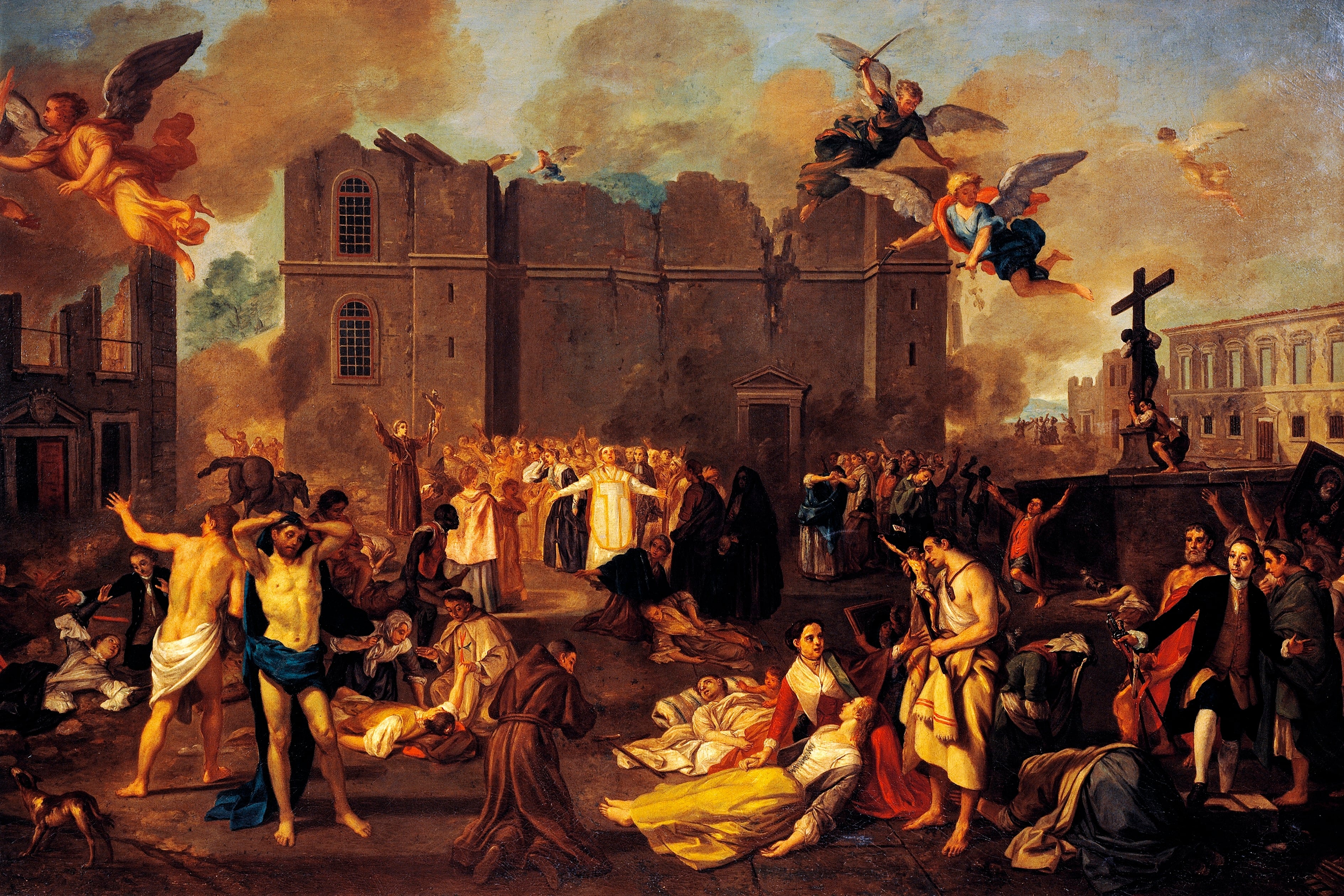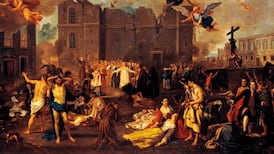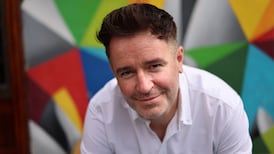For a time, in the late 1980s and early 1990s, Brenda Fricker was one of the most famous Irish women in the world.
During this era she played Nurse Megan in Casualty, the long-running British TV medical drama. She starred in the movie The Field, alongside Richard Harris. In 1990 she became the first, and today still the only, Irish woman to win an acting Oscar, for her role as Christy Brown’s mother, in My Left Foot. Small but notable roles followed in big Hollywood productions such as Home Alone 2.
In recent decades she has worked less, but she remains a significant figure in Irish film and theatre, especially for older generations.
Few people are likely to have known how many challenges Fricker has endured. Nor has there been much sense of her gifts as a writer. And so, her memoir, She Died Young: A Life in Fragments, is a revelation. It is an unsentimental, sometimes brilliant, often shocking account of a career as a highly accomplished actor and a life as a survivor of multiple traumas.
READ MORE
The story begins in rural Co Kerry, with Fricker as a child on an annual holiday, escaping from home in Dublin. There we come to understand her intense feelings for nature and her desire for safety. She is given wellington boots with the same mud dried into them as from last years visit, and treated with kindness by her aunt.
In Dublin, her mother, Bina, is a schoolteacher, and her father, Des, is a man of letters, if not words, and works with RTÉ, The Irish Times and, later, the Department of Agriculture. She has one older sister, Gránia, dazzling and troubled too. The precocity of the little girls seems overwhelming for Bina, a devout Catholic who savages and beats her younger daughter. Des feigns ignorance.
Neglect, and talent, make Brenda vulnerable. When she is eight years old an elocution teacher, “Seamus S”, not his real name, volunteers to tutor her for an afternoon in his home each week. They talk of poetry and plays, and he spends the last hour of the class masturbating while she lifts up her skirt.
Her conclusion tells us much about the deprivation she was experiencing at home: “While many people reading this will dismiss Séamus S simply as an abuser, I cannot think of him in that way, because I loved him, and because so many of the happiest hours of my childhood were spent with him. I understood that our secret was the price I had to pay for the deep friendship that we shared, and how much I learned from him, and I accepted this. It was a deal that I had made. The price was high, but I was prepared to pay it.”

Fricker attends Loreto College on St Stephen’s Green, but her schooling is interrupted by a horrific road incident when she is knocked off her bike by a car.
“It ripped my face apart. Broke my nose. Broke my jawbone. Ripped one ear almost off my head. Broke both shoulders, both wrists, my left leg, a few fingers, a few toes, and ripped out all my teeth. My upper teeth. All broken into little bits. They went everywhere inside my mouth, outside my mouth, inches from my left eye.”
For most of the next two years she is bedbound in the Meath hospital, her head locked into a metal frame. Later she is brought by wheelchair to Lourdes for a cure.
It was, she claims, the car of the Fianna Fáil minister Frank Aiken, but she isn’t sure if that’s who was driving. Her parents will spend the rest of their lives paying off the debts incurred to settle her hospital bills. There is no prospect that they will confront the authorities or seek compensation.
“I remember the police coming into the hospital. My mouth was stitched together and I could hardly speak, but they asked me questions. They were trying to get my side of the story. If what I said was the truth – and I had no reason to lie – then the accident was the fault of the driver, and not mine. I don’t know exactly what happened, but Aiken was the minister for external affairs, one of the most powerful politicians in Ireland, and it kept him safe from being accountable. There were many witnesses to the accident, which is how my parents knew that it hadn’t been my fault. Perhaps they were all paid off too. I will never know ... That’s the sort of thing that happened.
[ The Swallow review: Brenda Fricker holds the screen as few others couldOpens in new window ]
“People have asked why my parents never made a claim. All I can say is that people, even educated people, were very passive and fatalistic in the face of authority in those days. I don’t think it ever even occurred to them. And you have to remember that bureaucracy was much harder back then. It was more difficult to find things out.”
She Died Young affirms the necessity of memoir in Irish life, both as literary form and as social document.

The official narrative of post-independence Ireland may tell of trade wars, economic plans and EU membership. It is also a story of collusion between State, Church and the general populace, which resulted in mass institutionalisation and the intimidation of anyone who threatened the prevailing order.
The deference of Fricker’s well-to-do parents as their child lies broken in a hospital ward tells us everything about how this country was run at the time, and how ragged and fearful life here could be.
Fricker eventually recovers but contracts TB, and then is hospitalised and unable to finish school. The abuse continues, and she is viciously raped at a party – her first experience of sex. She also self-harms from an early age.
These experiences are presented as a series of episodes, some very short, others longer, all described with a disarming lack of self-pity.
The result is a memoir that evokes some of the best by other Irish women. Fricker’s devotion to nature and early childhood recalls Edna O’Brien and her memoir Country Girl. Later, Fricker’s portrayals of Dublin in the 1960s and 1970s will remind many readers of Are You Somebody? by Nuala O’Faolain.
This Dublin is heady and boozy, and Fricker takes to it with aplomb as she makes her way as an actor. Twice her career is reshaped by encounters in Neary’s pub, and the rackety life continues in London and farther afield. Of course there is more to her than a talent for being in the right pub. What a gift it must have been for a director to channel Fricker’s sensitivity and intensity into performance.
[ Talking statues: Gabriel Byrne and Brenda Fricker bring Dublin landmarks to lifeOpens in new window ]
Fricker’s obvious flair for comic storytelling is apparent in these sections. She is amusing about the nepotism that secures her a brief job through her father at The Irish Times, and says she hopes such practice “is no longer there”. There is a warm encounter with a man she later realises is Samuel Beckett. She is irreverent about the method-acting technique of Daniel Day-Lewis, which she says intrudes on everyone else’s experience on set.
One of the funniest episodes she relates is when she loses a part in David Hare’s first film, Licking Hitler, because the producer doubts she can play English. She calls him pretending to be a well-spoken British journalist from the Guardian. He is so convinced that she is subsequently cast in the role.
The incident speaks both to her tenacity and to the mores of the creative industries at the time. It would be much more difficult to bypass the many gatekeepers that now exist, but, as a woman, a person was undoubtedly more vulnerable then. The next chapter details a second brutal rape in Dublin, this time by a visiting English actor.
A preoccupation with blood that began in childhood intensifies. She cuts her wrists repeatedly. The psychiatrist Anthony Clare visits her and remarks that she has attempted suicide more than any other patient of his – 31 times. He moves her to St Patrick’s Hospital and then St Edmundsbury in Lucan: “Here I came to terms with my depression, almost giving up the fight and knowing that all of this pain was here for life.”
The final chapter of the book, called The Prize, is a description of sorts of her Oscar win. It is three short paragraphs. She alludes to the light and the noise, but it is her mother’s face she sees or perhaps wants to recall – a mother who she says never meant to cause her pain.
This is well written and belies Fricker’s oft-repeated regret that she never completed her education. Here is a book suffused with the work of great playwrights and poets and eight decades of living, thinking and suffering. To put it more crassly, she has written a better book than most people with a degree.
Fricker was 45 when she won her Oscar. You’d wonder what exactly happened next, as she spends little time discussing the plentiful acting work that followed. Perhaps she will write further memoirs, but already this is a great gift to readers and thinkers interested in acting, Ireland and the lives of women.
Sinéad O’Shea is a writer and filmmaker. Her documentaries include A Mother Brings Her Son To Be Shot, Pray For Us Sinners and Blue Road: The Edna O’Brien Story
Further reading
Are You Somebody? by Nuala O’Faolain (New Island, 1996)
This memoir caused a sensation when first published for its candour on the life of the now-deceased journalist, writer and academic. Some of its revelations are less shocking by today’s standards, but others more so. The exceptional quality of the writing endures.
Country Girl by Edna O’Brien (Faber & Faber, 2012)
Edna O’Brien had an extraordinary life. Some of it is told here. This is a rich, poetic and often masterly book from one of Ireland’s greatest writers, which she completed 12 years before her death. Many were obsessed with O’Brien, especially in Ireland. It is not hard to understand why after reading this.
Rememberings by Sinéad O’Connor (Sandycove, 2021)
Sinéad O’Connor’s memoir is as remarkable as fans of her music would have hoped. Her voice is complex; full of pain, insight and guilt. She is funny and unafraid to call out those who err, even someone as prominent as the pop star Prince.









